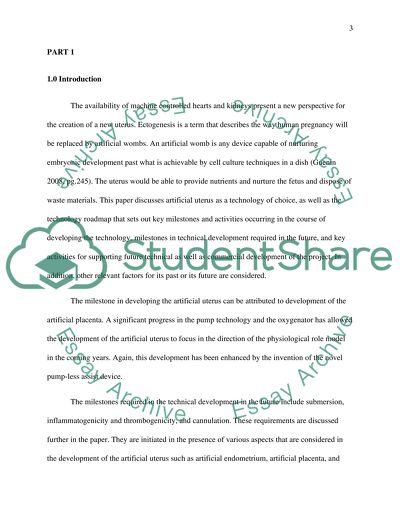Cite this document
(Artificial Womb Technology and the Future of Human Reproduction Term Paper, n.d.)
Artificial Womb Technology and the Future of Human Reproduction Term Paper. Retrieved from https://studentshare.org/health-sciences-medicine/1651140-report-and-roadmap-about-an-emerging-technology
Artificial Womb Technology and the Future of Human Reproduction Term Paper. Retrieved from https://studentshare.org/health-sciences-medicine/1651140-report-and-roadmap-about-an-emerging-technology
(Artificial Womb Technology and the Future of Human Reproduction Term Paper)
Artificial Womb Technology and the Future of Human Reproduction Term Paper. https://studentshare.org/health-sciences-medicine/1651140-report-and-roadmap-about-an-emerging-technology.
Artificial Womb Technology and the Future of Human Reproduction Term Paper. https://studentshare.org/health-sciences-medicine/1651140-report-and-roadmap-about-an-emerging-technology.
“Artificial Womb Technology and the Future of Human Reproduction Term Paper”, n.d. https://studentshare.org/health-sciences-medicine/1651140-report-and-roadmap-about-an-emerging-technology.


